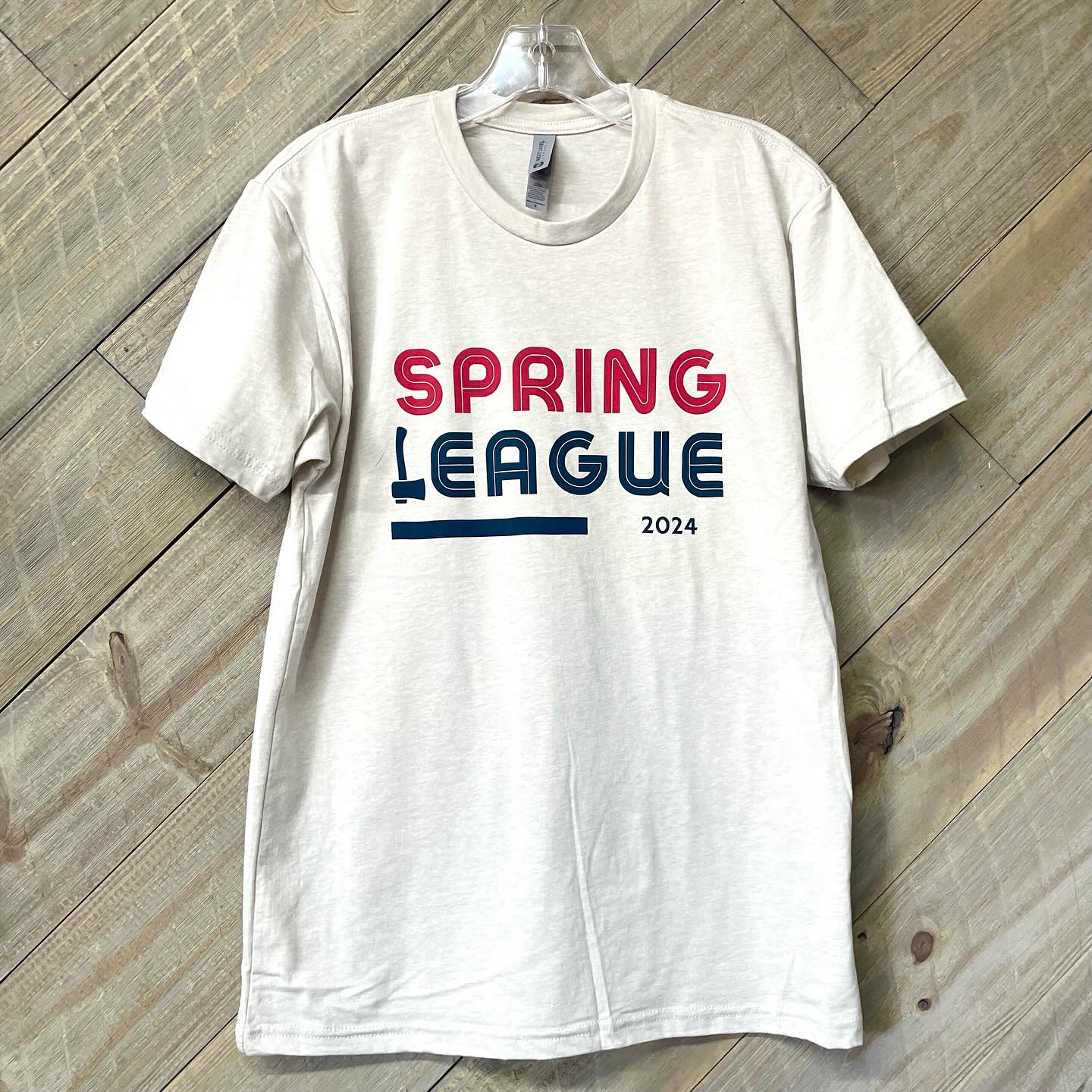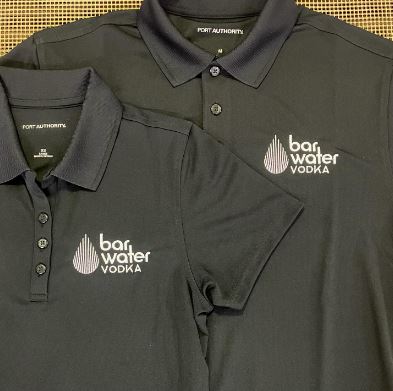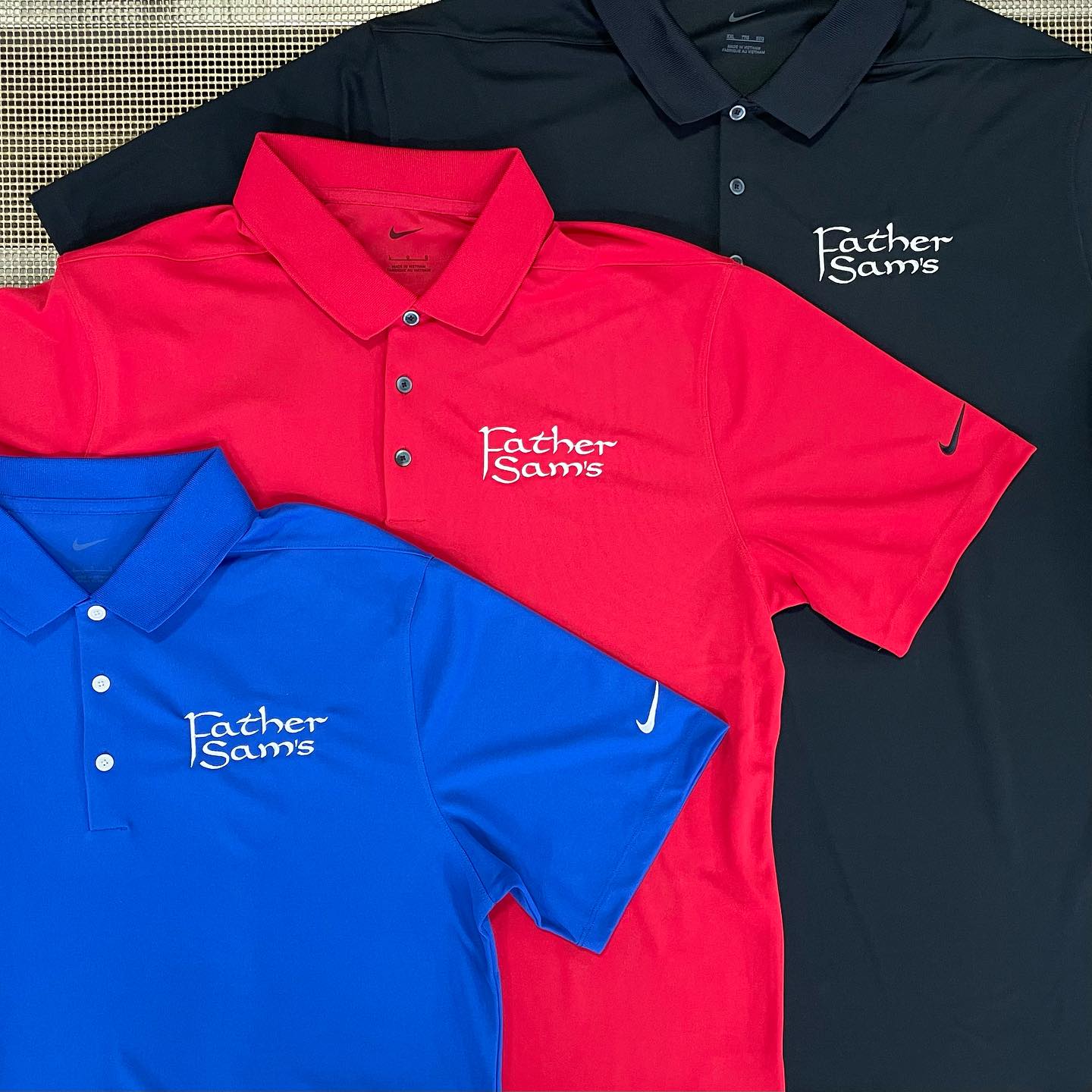Your brand’s colors are not just a matter of aesthetics; they are a powerful tool that can influence consumer behavior, convey your brand’s identity, and leave a lasting impact on your customers. Whether you’re a startup finding your brand’s identity or an established business looking to refresh your image, understanding the psychology of color in branding is a crucial step in creating a memorable and impactful brand.
The importance of brand colors cannot be overstated. Beyond mere aesthetics, they wield the power to shape consumer perceptions, influence decisions, and foster brand loyalty. For example, some customers might be repelled by red, drawn to green, or have happy memories associated with orange or yellow. While entirely subjective, it is agreed upon that color does matter. Nearly 85% of consumers say color is the primary reason they buy a product and more than 80% agree color increases brand recognition.
More than just visual elements, colors serve as channels of emotion and meaning. They can evoke feelings, communicate messages, and differentiate brands in crowded marketplaces. Consider the iconic red and yellow of McDonalds, or the calming blue of Delta Airlines; these colors are synonymous with the brands they represent and play a significant role in shaping consumer perceptions.
The Psychological Power of Colors
Colors have psychological associations that can evoke specific emotions. Let’s explore the emotional landscape painted by different colors:
- Red: Excitement and urgency. Red ignites passion and urgency, making it a popular choice for brands aiming to create a sense of excitement. It’s often used in sales promotions and clearance signs to spur immediate action.
- Blue: Trust and reliability. Blue exudes trustworthiness and reliability, making it a preferred choice for brands in industries such as finance, healthcare, and technology. It instills a sense of calmness and security in consumers.
- Green: Growth and sustainability. Symbolizing nature and growth, green is frequently associated with brands promoting health, wellness, and environmental sustainability. It conveys a sense of freshness and vitality.
- Yellow: Optimism and creativity. Yellow radiates optimism and creativity, evoking feelings of happiness and warmth. Brands like McDonald’s and Snapchat leverage yellow to create vibrant and inviting experiences.
- Black: Sophistication and authority. Black exudes sophistication and authority, making it a staple in luxury brands and high-end products. It conveys a sense of elegance and exclusivity.
- Purple: Creativity and wisdom. Purple is often linked to creativity and wisdom, making it a popular choice for brands in industries such as beauty and wellness. It evokes a sense of luxury and indulgence.
The Influence of Color on Consumer Behavior
Understanding the psychological impact of colors is essential for brands seeking to influence consumer behavior effectively. Here’s how color choices can shape consumer perceptions and decisions:
1. Purchasing decisions: Studies have shown that color can significantly impact purchasing decisions, with well-chosen colors increasing brand recognition and consumer preference. The right color palette can make your product stand out among competitors. People often make purchasing decisions very quickly, in roughly 90 seconds, and color can make up 90% of that decision.
2. Brand loyalty: Consistency in color usage fosters trust and brand loyalty. When consumers develop an emotional connection with a brand’s colors, they are more likely to remain loyal over time, contributing to brand longevity. On the flipside, some studies suggest that if consumers perceive a color to be incongruous with a brand, they may not respond to it as positively as they would to a color that they believed to be more appropriate to the brand’s message.
3. Brand personality: Colors play a pivotal role in shaping a brand’s personality and identity. By selecting colors that resonate with their target audience, brands can create meaningful emotional bonds that transcend mere transactions. At Route 75, we can offer advice on what colors match your brand, and we can even help create designs for you.
Building a Strong Brand Palette
Crafting a compelling brand palette requires careful consideration and strategic planning. Here’s a step-by-step guide to help you create a cohesive and impactful color scheme:
1. Understanding brand identity: Begin by defining your brand’s identity, values, and mission. What do you want your brand to represent, and who is your target audience? Understanding these foundational elements will guide your color selection process.
2. Utilizing color psychology: Harness the insights of color psychology to select hues that align with your brand’s message and personality. Consider the emotions and associations you want to evoke in your audience and choose colors that reflect these sentiments.
3. Creating a harmonious color scheme: Develop a harmonious color scheme that includes a primary color, secondary colors, and accent hues. Ensure these colors complement each other and create a visually appealing aesthetic that resonates with your audience.
4. Testing and adjusting: Before finalizing your brand palette, gather feedback from focus groups or conduct surveys to gauge audience responses. Use this feedback to refine your color choices and ensure they effectively communicate your brand’s identity.
5. Maintaining consistency: Consistency is key to successful branding. Once you’ve established your brand palette, ensure it is consistently applied across all brand materials, including your logo, website, and marketing collateral. This uniformity reinforces brand recognition and strengthens brand identity.
Your brand colors help tell the story of your business and forge lasting connections with customers. Figuring out your brand colors is a giant step toward building a strong foundation of your brand and can help attract the right customers to you.
At Route 75 Imprints, we offer a wide range of custom apparel options for a variety of clients. From Breweries, Restaurants, Trades, Manufacturing, and Resort/Hospitality businesses to special events, and individuals, we can help you create the perfect custom clothing to suit your needs. We have a team of experienced graphic designers who are passionate about creating beautiful and effective designs. We are committed to working with you to understand your needs and requirements, and we will work tirelessly to create designs that you love.
Contact us today to learn more about our custom apparel options and start creating your perfect clothing!




